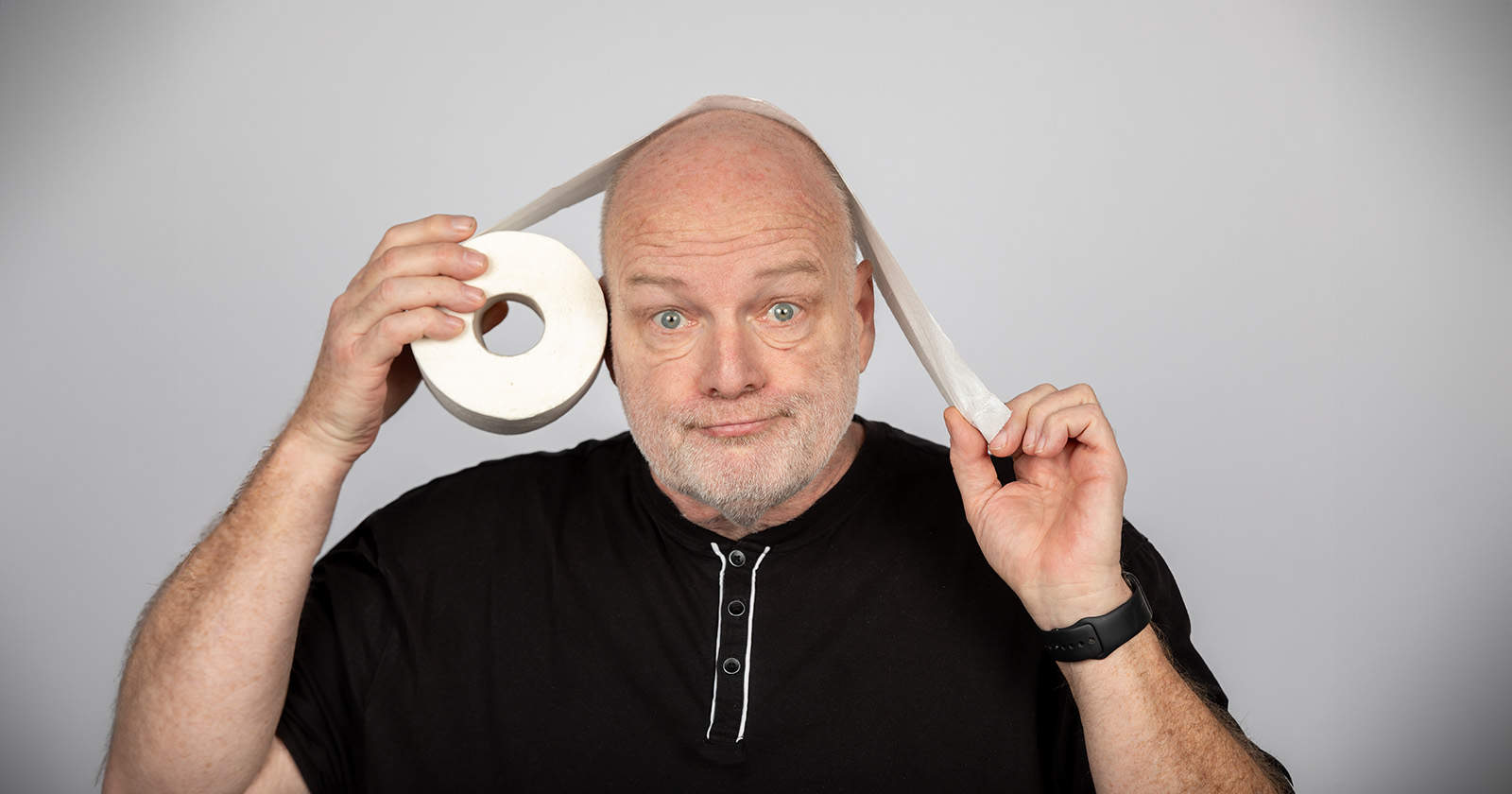RVs are generally designed for warmer temperatures. Yet some prefer having the ability to camp all year long or enjoy the natural beauty that winter brings. For those that enjoy winter sports, an RV can be a mobile ski lodge to recuperate from the adventures of the day.
Big-name RV manufacturers do have coaches with four-season capabilities. When researched, the additional features added to their products help in cold weather RVing, but their performance is limited to short periods. For most consumers, these extra features may suite their needs.
Some independent RV makers have made a successful business catering to the winter campers. These RVs come with construction designs and building materials that can handle the harsh conditions of winter. Some of these coaches can handle the extreme cold, strong winds, and the weight of heavy snow on the roof.
In this article, we’re going to explore small, independent RV manufacturers that make RVs built for winter. We’ll look at how they differ from mainstream brands and what makes them different.
Common Features We Looked For RV Built For Winter

Many features make RVs built for winter. The goal of this sub-category is to keep the occupants comfortable in the coldest conditions. The RV must be able to handle a decent amount of snow and ice on the roof. It has to have protection from rust and other damage from freezing.
Highly insulated travel trailers are often used in remote places. A significant portion of these campers wants to set out in the isolation of the northern forests of the United States, Canada, and the Alaskan Frontier. We also looked at how comfortable someone would be living in the RV for a long period.
For our evaluation, we looked for:
- Increased insulation higher ratings
- Heated holding tanks
- Sealed underbelly
- Extra storage capacity and insulated storage doors
- Off-grid electric
- Reinforced roof for extra weight
- Bigger heater
- Bigger water heater
- Off-road chassis and tires
Outdoor RV Mountain Series
Outdoor RV is an Oregon manufacturer that is popular in the pacific northwest of the United States and Canada. They offer four lines of travel trailers and a fifth wheel that is a toy hauler.
Every series they offer has the ability to keep you comfortable in winter temperatures.
The Mountain Series is Outdoor RV’s most versatile line. The manufacturer has taken the best of the other three to create this line of cold-weather travel trailers. Lengths range from 22 to 28 feet, and they can weigh up to 7,000 pounds UVW. The coach is given extra ground clearance to make it easier to find that perfect off-road location.
This is a highly insulated travel trailer. Even the luggage doors come with an inch of thermal insulation. A 10-gallon water heater comes standard on the coach. They also install an extra-large heating unit to counter the coldest of temperatures. For added warmth, you can choose to have a faux fireplace.
Northwood Manufacturing Arctic Fox
In 1993, Ron Nash created Northwood Manufacturing outside of La Grande, OR. This company is now one of the largest private-sector employers in the area. They build truck campers, travel trailers, fifth wheels, and toy haulers.
The Arctic Fox is a subset of their North Fork travel trailers and their Grand Ronde fifth wheels. This means that when they produce these coaches, only a limited amount of them are made with the Arctic Fox additions. An added benefit owners receive is the retained resale value of the coach.
These RVs come with block and fiberglass insulation throughout the walls, ceiling, and floors. The holding tanks receive circulated warm air to prevent freezing. The roof trusses are bonded to a single membrane to add strength. The underbelly has a corrugated panel that prevents rusting or heat from escaping.
Standard features include a 10-gallon gas/electric water heater. Depending on the model, the heaters range from 25,000- 35,000 BTUs. Northwood uses thermal pane windows to assist in maintaining indoor temperatures. Optional features include propane generators and factory-installed solar panels.
Livin Lite CampLite Ultra Lightweight Trailer
Livin Lite was a Canadian-based company created in 2003. In 2013, Thor industries took it over. The company became known for its innovative look within the lightweight trailers category. The company made great traction within the industry, winning dealer satisfaction awards, and was becoming popular among consumers.
The RVs themselves come with features that are prepared for the harsh elements of winter. Freeze/crackproof linoleum, dual pane windows, block foam rated R9, and other amenities ready for northern seasons. The required XL package upgrades the heater to 13,500 BTU. The popular platinum package included forced air heating in the storage tanks, and they sealed the underbelly.
Unfortunately, Thor has closed down its Livin Lite daughter company. This company was truly innovative in creating a lightweight coach that could weather any season. We can only speculate that Thor will use these concepts in their other coaches in the future. There are still plenty of models as late as 2018 floating around in the RV market today.
Ice Castle Fish Houses American Dream
Ice Castle Fish Houses started as a subsidiary of American Surplus & Manufacturing. They were asked to make ten ice fishing houses on wheels in 1997. Twenty years later, they have 19 different models that range in length. They make travel trailers, but they do offer one fifth wheel model that is a toy hauler.
The interior amenities rival most top-end RVs. You can find granite countertops, sleeping for five, premium entertainment systems, and quality manufacturing. The American Dream model sleeps up to five people and stretches to 28 feet in interior length. It comes with 90-inch sidewalls that use spray foam insulation and a 30,000 BTU heater that comes standard.
Since it is primarily used for ice fishing, there are seven fishing holes on the floor that are lighted and can be sealed when not in use. The heavy-duty hydraulic frame lowers once you have found your ideal fishing spot on the lake. This creates a good seal against the ice. When you’re ready to go, the wheels push down, lifting the coach up, and you’re travel-ready.
Alaskan Camper
Since 1953, Alaskan Camper had one purpose: to create a camper that can survive in Alaska. Specifically, people who wanted to camp along the Alcan Highway (the highway that connects Alaska to the lower 48 through Canada). They wanted a camper that could survive the high winds and the not-so-friendly wildlife (bears).
The result was a hardshell camper that could be raised and lowered by hydraulics. Today’s technology has improved parts, but the concepts are still the same. Their cab-over models range from 6.5 to 10 feet in length. The 10-foot model has a slide-out version. Their non-cab-over units come in either 8 or 10 feet in length.
To keep things warm, each unit has a SUBURBAN forced air furnace that pushes 20,000 BTU. They use spray foam insulation and a high-quality linoleum that doesn’t crack in cold temperatures. To keep the unit in place against the high winds, you can get HAPPIJAC tie-downs and turnbuckles to keep it secure.
Optional equipment includes adding a four-gallon water heater that can be fed from the 27-gallon freshwater tank. You can also choose a 90 or 170-watt solar panel system for off-grid electric. For better temperature control, additional insulation can be added to the floor for better heat retention.
How Are All Weather RVs Different Than RV Packages

There are some big-name RVs that do offer optional all-weather add-ons on their coaches. Lance’s has an All Season package and Heartland has its Yeti cold-weather option. These features give their products a few extras to aid in cold conditions.
Some examples are adding heat pumps to the air conditioners. Other options seal the underbelly of the RV or wrap some parts in insulation to prevent freezing in above zero degrees Fahrenheit temperatures. Other features make it easier to drain water lines to prevent ice from breaking them.
The RVs presented above are designed from “stem to stern” to work fully in freezing temperatures. Their insulation, water lines, holding tanks, and other components are made thicker and with non-lightweight materials (except the Livin Lite coach).
The goal of these travel trailers are to be parked in the deep woods in November and not worry about their integrity throughout the winter. In the case of the Icehouses, owners will park their coach in the middle of a lake, and keep them there until right before the spring thaw.
The fascinating part is how some of these RVs end up in the American desert. Since they are so insulated, many people will bring them south to the extreme heat and be quite comfortable with the air conditioners taking over for the heaters. Many of these coaches have reflective materials that keep the outside weather from getting in, no matter how extreme the climate.




